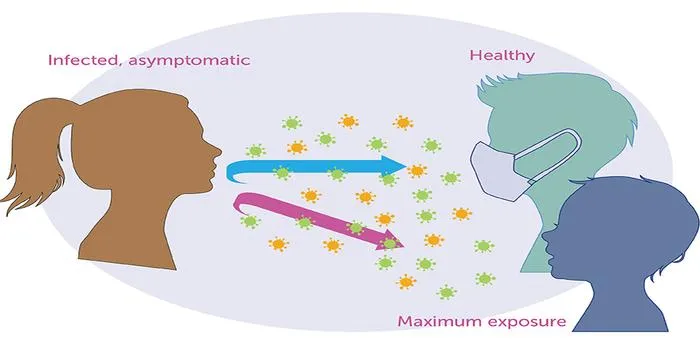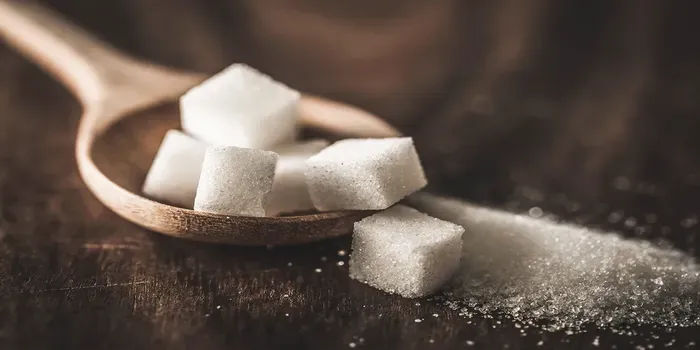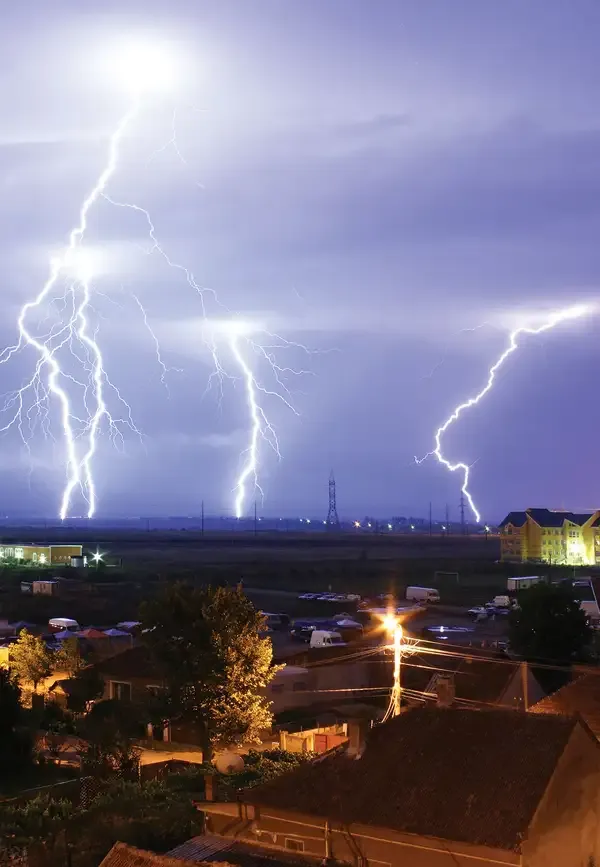- Home >
- Science
- > Innovation
Why Is Grass Green?
Grass appears green due to the presence of chlorophyll, a pigment crucial for photosynthesis. Chlorophyll absorbs most wavelengths of light, particularly in the blue and red spectra, but reflects green light, which is why grass looks green to us. This reflection of green light is an evolutionary adaptation that allows plants to use the energy from sunlight effectively for converting carbon dioxide and water into glucose and oxygen, sustaining their growth and energy needs.

Grass is a common sight in many environments, from parks to backyards, and its vibrant green color is something most people take for granted. But have you ever wondered why grass is green? The answer lies in a combination of science and nature. In this article, we will explore the reasons behind the green color of grass, including the role of chlorophyll, light absorption, and the importance of this color for the plant's survival.
The Role of Chlorophyll
At the heart of why grass is green is a pigment called ''chlorophyll''. Chlorophyll is essential for photosynthesis, the process by which plants convert sunlight into energy. This pigment absorbs light most efficiently in the blue and red wavelengths but reflects green light, which is why grass appears green to our eyes.
Photosynthesis and Light Absorption
During photosynthesis, chlorophyll captures sunlight and uses its energy to convert carbon dioxide and water into glucose and oxygen. The overall reaction can be summarized as:
| Reactants | Products |
|---|---|
| Carbon Dioxide + Water + Sunlight | Glucose + Oxygen |
The green color of grass is particularly advantageous because it helps the plant maximize energy absorption while minimizing the loss of energy that would occur if it absorbed too much light from other wavelengths.
Environmental Factors Affecting Grass Color
The green hue of grass can vary significantly based on several environmental factors. Below are some key elements that can influence the intensity and shade of green in grass:
| Environmental Factor | Impact on Grass Color |
|---|---|
| Soil Nutrients | Healthy soil rich in nitrogen and other nutrients promotes vibrant green grass. |
| Water Availability | Consistent watering leads to lush green grass, while drought can cause yellowing. |
| Sunlight Exposure | Full sun enhances chlorophyll production, resulting in a deeper green color. |
| Grass Species | Different species of grass have varying levels of chlorophyll, affecting their shade of green. |
Seasonal Changes
Another fascinating aspect of grass color is how it changes with the seasons. Many grasses enter a dormant state during colder months, leading to a brownish hue. As temperatures rise and daylight increases in spring, grasses revive and regain their vibrant green color, primarily due to increased chlorophyll production.
Benefits of Green Grass
The green color of grass is not just pleasing to the eye; it also plays a vital role in ecological health. Here are some important benefits:
- Photosynthetic Efficiency: The green color indicates active photosynthesis, which is crucial for producing oxygen and supporting life on Earth.
- Soil Health: Healthy green grass helps prevent soil erosion and maintains soil structure, promoting biodiversity.
- Aesthetic Value: Green grass enhances the beauty of landscapes, parks, and gardens, contributing to mental well-being.
- Temperature Moderation: Grass can help cool the environment, reducing heat in urban areas and improving air quality.
Conclusion
In summary, the green color of grass is primarily due to the presence of chlorophyll, which plays a crucial role in photosynthesis. Environmental factors such as soil nutrients, water availability, sunlight exposure, and grass species all influence the intensity of this green hue. Understanding why grass is green not only enriches our appreciation of nature but also highlights the importance of maintaining healthy grass ecosystems for environmental sustainability.
Next time you step onto a green lawn or walk through a park, take a moment to appreciate the science behind that vibrant color. The green grass you see is more than just a beautiful sight; it’s a testament to the intricate processes that sustain life on our planet.












